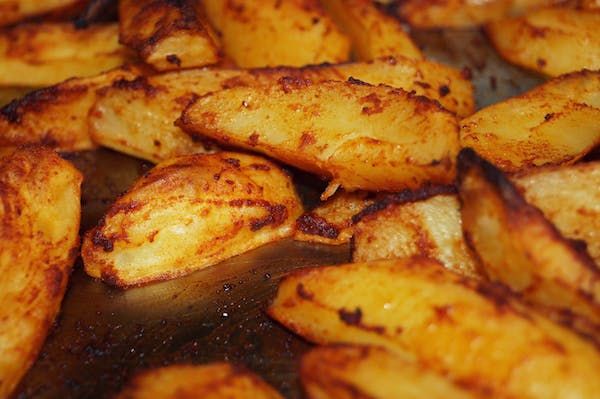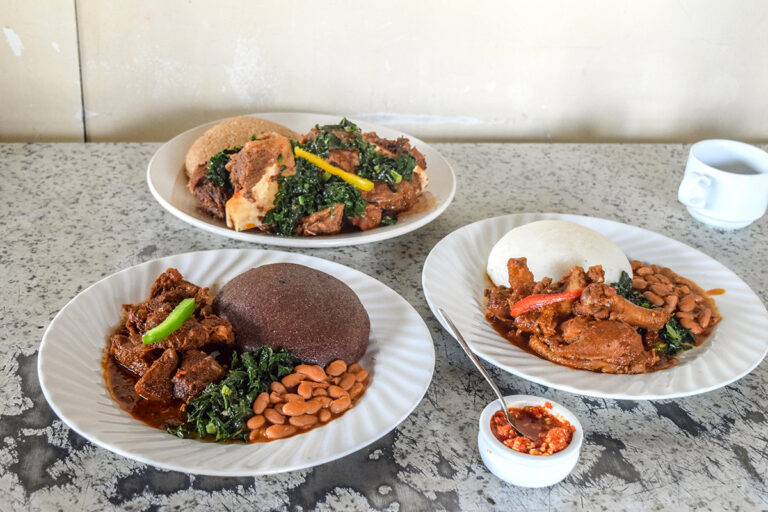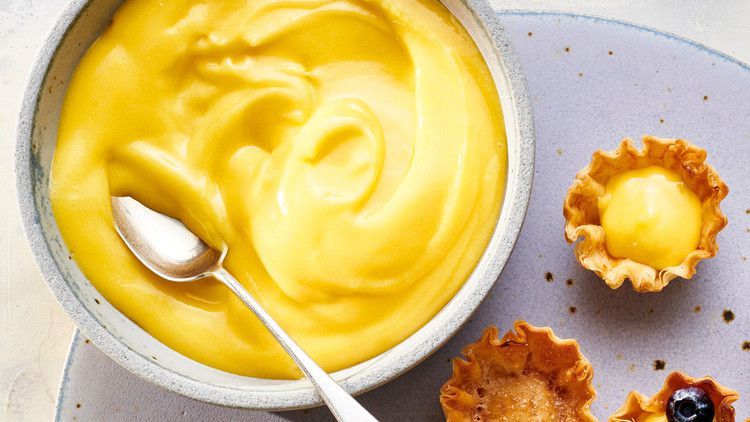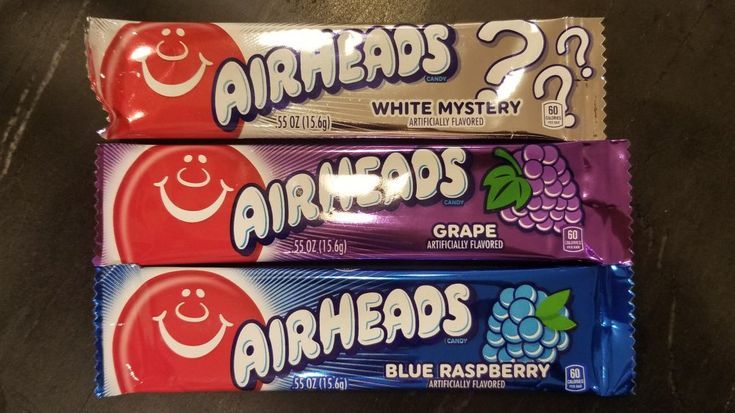8 Delicious Ways to Eat Raw Cabbage
Cabbage is an underrated vegetable that deserves more attention. When eaten raw, cabbage retains its signature crunch and slightly bitter, fresh flavor. It also provides an impressive nutrition profile high in vitamin C, vitamin K, fiber, and antioxidants. This article will explore the best cabbages to eat raw and provide a variety of recipes and serving suggestions to add more of this superfood to your diet.
Best Cabbages for Eating Raw
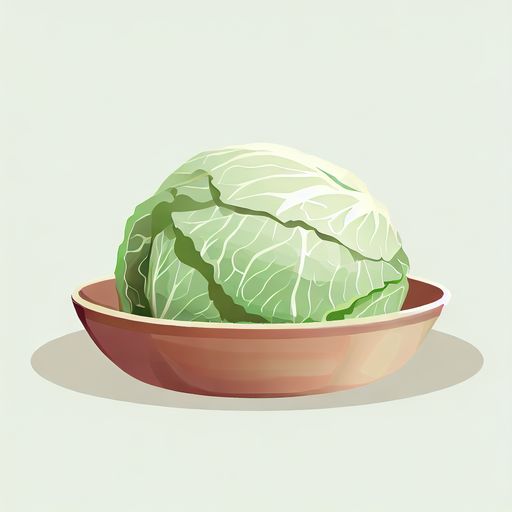
Not all cabbages are created equal when it comes to eating them raw. Certain varieties hold up better texture-wise and offer different flavor profiles that pair well in salads, wraps, coleslaws and more. Here are some of the top cabbages to use for raw preparations:
Green Cabbage
The classic, waxy, tightly-wrapped green cabbage is the king when it comes to coleslaw and eating raw. It has a medium bitterness that adds welcome complexity alongside rich, creamy dressings. The crunchy leaves also stand up well when shredded and tossed with other ingredients. It’s the quintessential cabbage flavor and texture that pairs so well with cool, creamy condiments.
Savoy Cabbage
Similar to green cabbage but with crinkly, ruffled leaves, Savoy cabbage is more tender and slightly sweeter. Its texture makes it an excellent choice for eating raw in salads and slaws. The pretty curly leaves also make an attractive garnish.
Napa Cabbage
Also known as Chinese cabbage, Napa cabbage has a lighter, more delicate flavor and tender texture. It is milder and slightly peppery. This is the cabbage traditionally used for kimchi. The soft, ruffled leaves work well raw in salads or as wraps.
Red Cabbage
The color of red cabbage leaves hints that it will have a stronger flavor. The waxy, tight leaves and bold purple hue make it ideal for slaws and tacos. Pair red cabbage with rich, intense flavors that can hold their own against its slight bitterness.
8 Delicious Ways to Enjoy Raw Cabbage
From tacos to coleslaw, raw cabbage is endlessly versatile. Here are some delicious ways to eat more of this healthy vegetable:
Cabbage Wraps
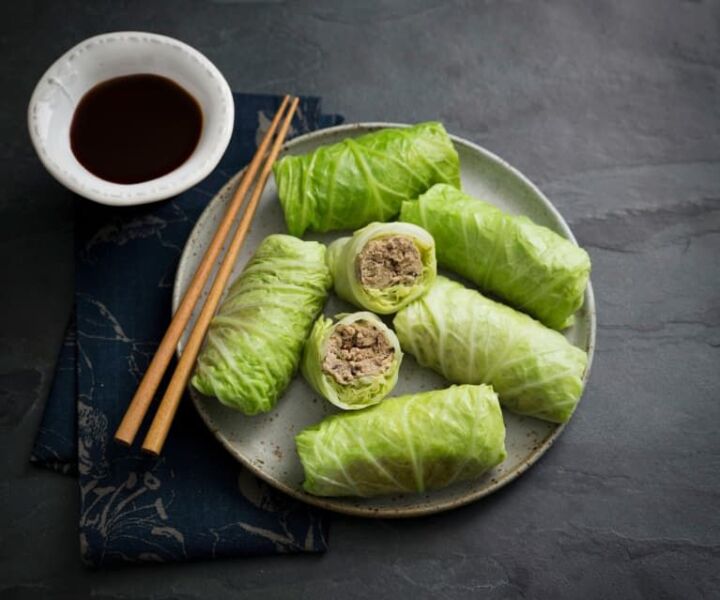
Sturdy raw cabbage leaves make an excellent low carb, low calorie alternative to traditional wheat or corn wraps. Simply fill them with your favorite sandwich or taco fillings for a hand-held option. Rainbow wraps made from red cabbage leaves look beautiful and pair well with spicy fillings like curry chicken salad or tangy peanut dressing and fresh vegetables.
Cabbage Salads
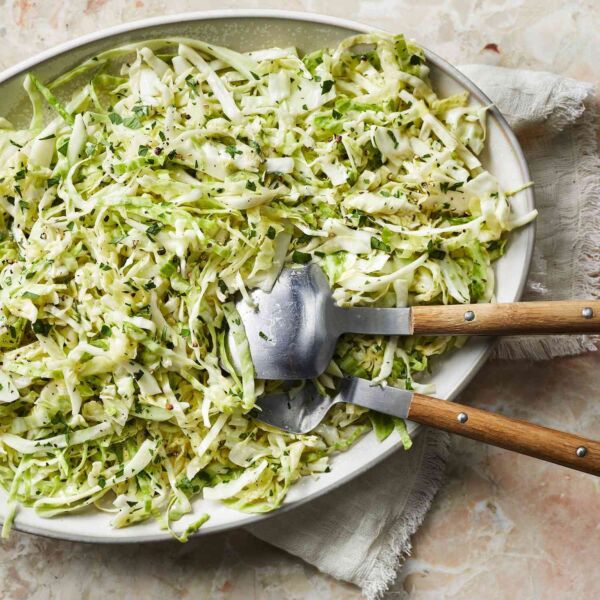
Cabbage complements both hearty green salads as well as lighter composed salad recipes. Pair shredded green cabbage with kale, romaine and spinach for a vitamin-packed Caesar salad. Asian-style cabbage salads often include other crunchy vegetables like bell peppers and carrots that provide color and balance the cabbage’s bitterness. In Mediterranean preparations, cabbage soaked in lemon vinaigrette pairs well with olives, tomatoes, cucumbers and feta cheese.
Kebab Flatbreads and Wraps
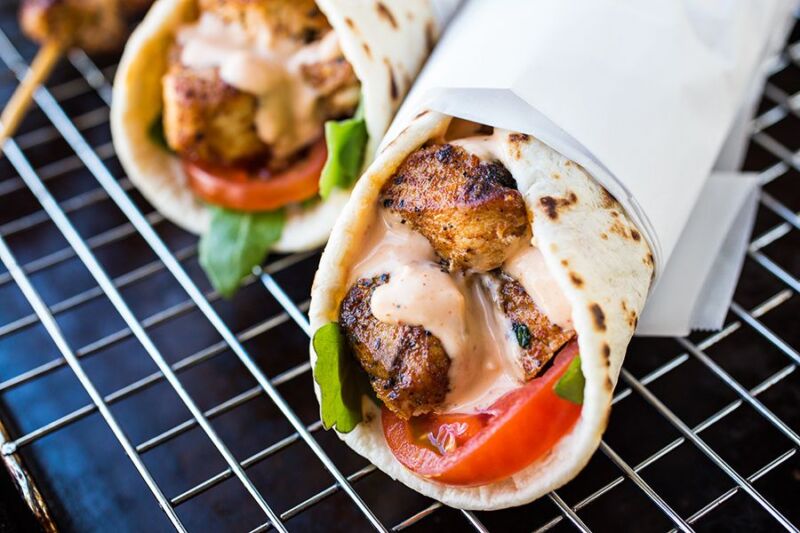
A bed of shredded cabbage and grated carrots is the perfect topping for Middle Eastern shawarma wraps or meat skewers. The fresh, crisp texture contrasts well with warm, juicy kebab meat, hummus and creamy sauces like tahini and raita. Cabbage also helps balance the richness.
Coleslaw
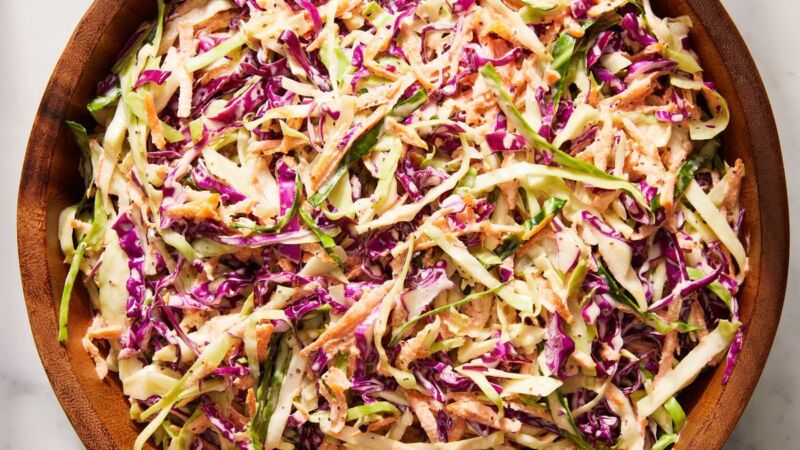
No article on eating raw cabbage would be complete without the classic all-American side: coleslaw! Tangy, creamy coleslaw is one of the most popular ways to enjoy raw cabbage. At its simplest it contains just shredded cabbage, carrots, onion and mayonnaise. More complex recipes add extras like parsley, mustard, vinegar and more to the dressing.
Sauerkraut
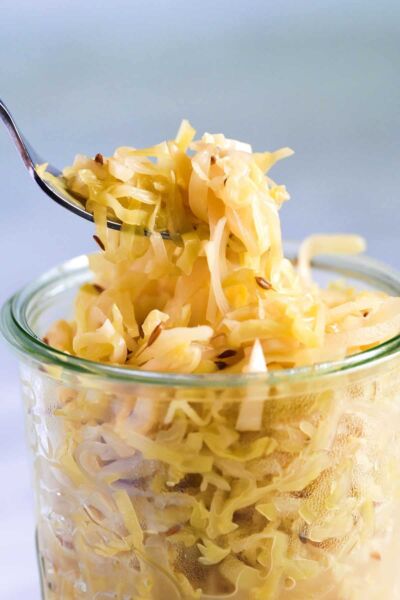
Sauerkraut is simply fermented cabbage, most closely associated with German cuisine. Making your own sauerkraut at home is easy. All it takes is cabbage, salt and a glass jar to ferment it in. Let it sit for 3-5 days to develop its signature sour flavor. Homemade sauerkraut has superior flavor and health benefits compared to store-bought varieties. It makes a delicious condiment to pair with sausages and other hearty German foods.
Kimchi
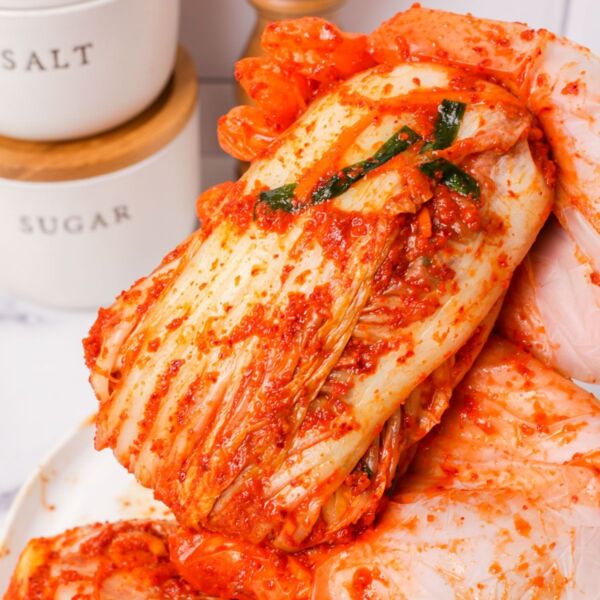
Similar to sauerkraut, kimchi is a fermented cabbage dish that originates in Korean cuisine. It boasts an array of health benefits thanks to the fermentation process which populates the cabbage with probiotics. Classic kimchi uses Napa cabbage along with other ingredients like radish, ginger, garlic, chili pepper flakes, fish sauce and more. The tangy, spicy kimchi pairs well with a variety of Korean main dishes.
Tacos
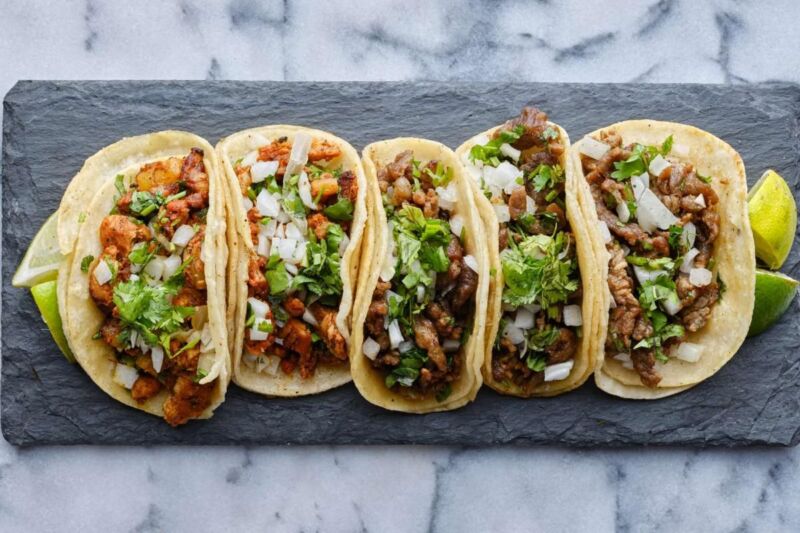
Raw cabbage is the perfect crispy, fresh topping for tacos of all kinds. Try substituting the lettuce in your regular taco with shredded green or red cabbage. The hardy shreds won’t wilt or get soggy. Cabbage provides texture to contrast the rich avocado, meat and cheese. Just be sure to squeeze lime over top.
Raw Vegetable Platters
Make cabbage the star of a raw veggie platter! Surround wedges of cabbage with dipping options that complement its flavor. Ranch dressing, hummus, guacamole and roasted red pepper dip all pair well with raw cabbage. The vegetable platter makes an easy appetizer or healthy snack.
Conclusion
From global dishes like kimchi to classic coleslaw, raw cabbage is endlessly versatile. When eaten fresh, it retains maximum nutrition and its signature crunch. Cabbage adds texture, color, and complementary flavor to tacos, kebabs, salads, sandwiches and more. It’s also easy to make into fermented condiments like sauerkraut at home. I encourage you to experiment with different raw cabbage preparations to enjoy both its health benefits and delicious flavor. Let me know if you have any other favorite ways to eat raw cabbage!

